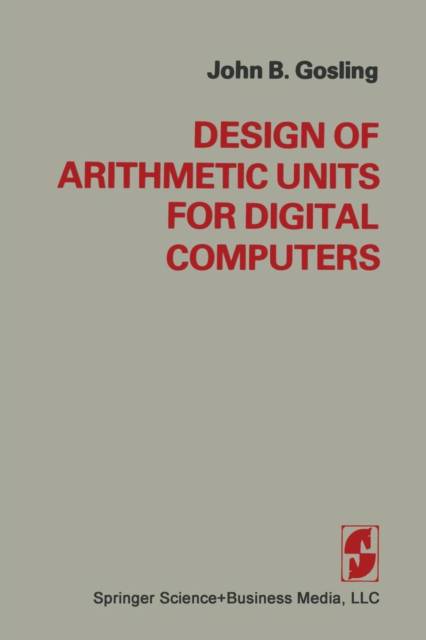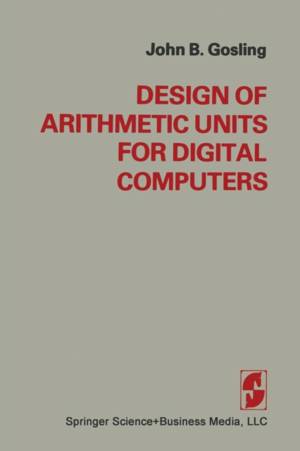
- Afhalen na 1 uur in een winkel met voorraad
- Gratis thuislevering in België vanaf € 30
- Ruim aanbod met 7 miljoen producten
- Afhalen na 1 uur in een winkel met voorraad
- Gratis thuislevering in België vanaf € 30
- Ruim aanbod met 7 miljoen producten
Zoeken
Omschrijving
The original motivation for the development of digital computers was to make it possible to perform calculations that were too large to be attempted by a human being without serious likelihood of error. Once the users found that they could achieve their initial aims, they then wanted to go into greater detail, and to solve still bigger problems, so that the demand for extra computing power has continued unabated, and shows no sign of slackening. This book is an attempt to describe some of the more important techniques used today, or likely to be used in the near future, to perform arithmetic within the computing machine. There are, at present, few books in this field. Most books on computer design cover the more elementary methods, and some go into detail on one or two more ambitious units. Space does not allow more. In this text the aim has been to fill this gap in the literature. In selecting the topics to be covered, there have been two main aims: first, to deal with the basic procedures of arithmetic, and then to carry on to the design of more powerful units; second, to maintain a strictly practical approach. The number of mathematical formulae has been kept to a minimum, and the more complex ones have been eliminated, since they merely serve to obscure the essential principles.
Alleen bij Standaard Boekhandel
+ 153 punten op je klantenkaart van Standaard Boekhandel
Beoordelingen
We publiceren alleen reviews die voldoen aan de voorwaarden voor reviews. Bekijk onze voorwaarden voor reviews.












